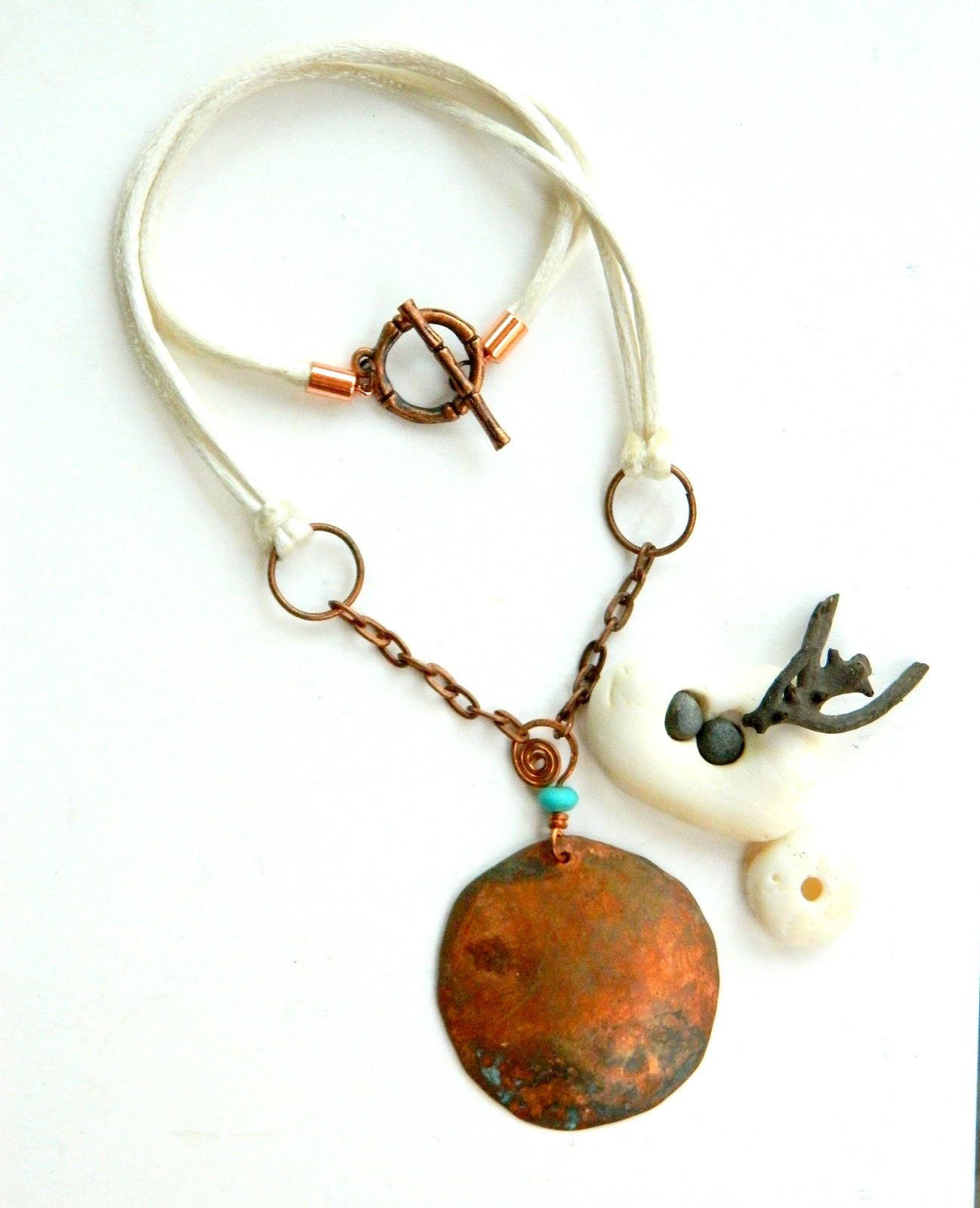One of the best parts of traveling any where should be the food. Especially pastries! A typical (seasonal) pastry in this area of the country are tasty little cracker/cookies named "roquillas" (pronounced "roskeeyuz") which are made during Semana Santa, the week before Easter.
Each year, my mother-in-law ("Dona A") makes about 1000 of these little yummy pastries along with other corn flour morsels, packages them up, sells them to neighbors and gifts them as long anticipated munchies to her kids and grandkids.
Talk about homemade.
The whole process starts in her nearby corn field where the corn is grown, picked and de-cobbed. The kernels are put into a hand grinder and ground over and over to create organic corn flour, the main ingredient in rosquillas.
A portion of this is separated and put aside for sweet pastries, and the remaining flour is for the rosquillas. The flour is again put through the grinder with water, salt and a dry cheese from a neighbor's cow to form a dough.
Usually Dona A has a friend helping and the two women sit across from each other, sharing a huge tray of this mixture. For hours, they sit there kneading, gossiping and talking with people that stop by to see how things are going.
They knead the dough over and over and form little rings around their finger, pinching the ends together. It sounds easy, but it takes a lot of practice to get the right amount of dough and the right form. I guess a 1000 or more of these a year for the past 50 or so years is enough practice. Being unpracticed, I wasn't so great.
The flour that was set aside is mixed with sugar to create a sweet dough.
From half of this dough, Dona A makes amaaaazing homemade papaya jam stuffed empanas. The papayas, which are grown outside in her yard, are cut and cooked with a little sugar to make a delicious, sweet pulp.
The other portion is mixed with a milk similar to buttermilk and put into a pan, making a sort of semi-sweet cornbread
Using all of the flour takes them from about 6 a.m. to 4 p.m. The raw creations are stacked up all over the kitchen table and counters. Let's cook these babies!!
It's time to turn on the oven.
But, not as in "Hey honey, can you put the oven on 450 for me?" This is an outdoor wood burning oven normally used for cooking pottery. Filled with just enough wood to heat up to about 450, about an hour later the trays are put into the oven and the cooking begins.
People continue to stop by and chit chat. Someone goes to get some beers and everyone sits around the yard watching the trays loaded in and out of the oven.

Dona A starts to get worried because she's always so afraid that a tray will get dropped or that the oven is not the right temperature. I suggest she come and sit down with me on the stoop and finish her beer. She complies and keeps putting her head on my shoulder saying "I can't look" when a tray is lifted into the oven. (In her opinion, the guys aren't using the right spatula to pick them up and they are going to tumble!)
In the end, it all works out and everything makes it safely from the oven.
My favorites are the papaya filled empanas and an afternoon cup of coffee. Yes please!!





















